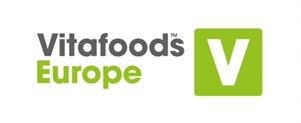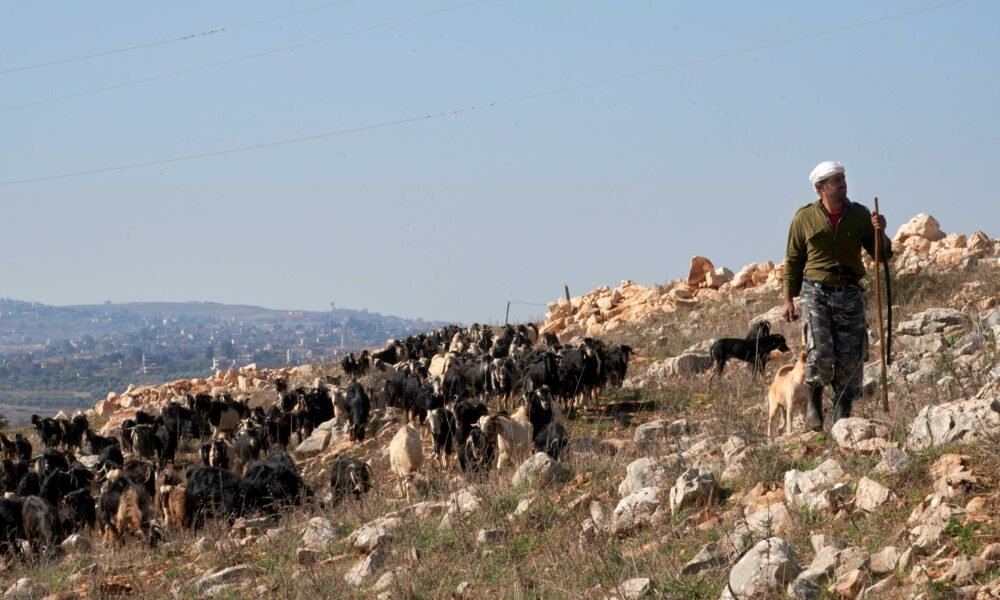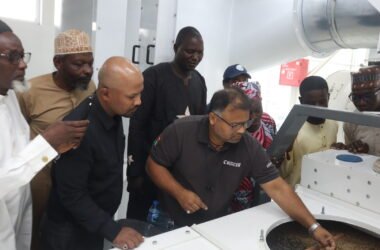The report projects that food insecurity is expected to persist over the next three months
Nearly a third of Lebanon’s population is facing acute food insecurity following the escalation of conflict in late 2024 and recovery from the impact of hostilities on agriculture and the economy is likely to be slow, according to a new food security assessment.
The Integrated Food Security Phase Classification (IPC) analysis on Lebanon, developed by FAO, WFP and the Ministry of Agriculture, shows that some 1.65 million people in Lebanon are now facing crisis or emergency levels of food insecurity (IPC phase 3 or above), up from 1.26 million before the escalation. Meanwhile, 201,000 people are grappling with emergency levels (IPC phase 4), twice the number before.
“Lebanon’s worsening food security is no surprise,” said Matthew Hollingworth, WFP Representative in Lebanon. “Sixty-six days of war, preceded by months of conflict, have shattered lives and livelihoods. While some can return home after the ceasefire, others face the harsh reality of having no home left to return to. At this critical moment, our mission is clear: to support the Government and the people in rebuilding their lives and food systems”.
The report projects that food insecurity is expected to persist over the next three months, with no short-term return to pre-crisis conditions. With challenges ahead, ongoing humanitarian efforts in supporting recovery will be critical.
“The escalation of hostilities has severely impacted farmers’ livelihoods, as well as agricultural assets and infrastructure, leading to heightened food insecurity and threatening the sustainability of farming activities,” said Veronica Quattrola, FAO Representative in Lebanon a.i. She added, “FAO is steadfast in its commitment to helping farmers resume production and supporting communities in rebuilding and enhancing their resilience.”
Lebanon’s refugee populations are particularly at risk, the report noted. Some 594,000 Syrian refugees (40 per cent of the Syrian refugee population) and 89,000 Palestine refugees (40 per cent of the Palestinian refugee population) are classified as facing IPC Phase 3 (Crisis) or above. Some 970,000 Lebanese residents (25 per cent of the population) are in the same bracket.










